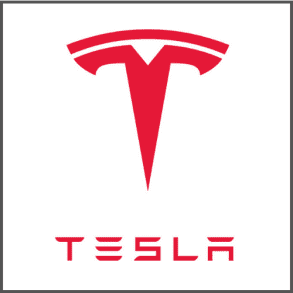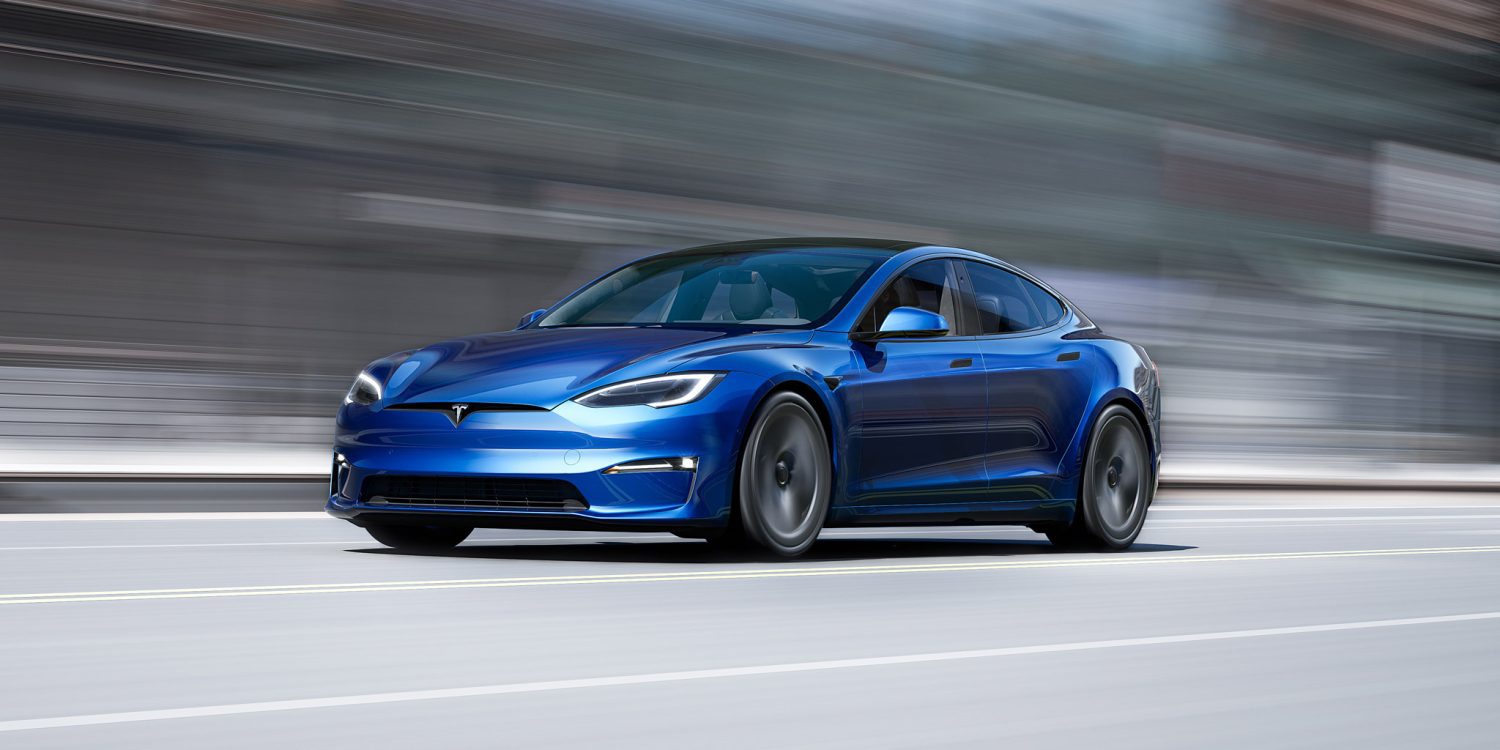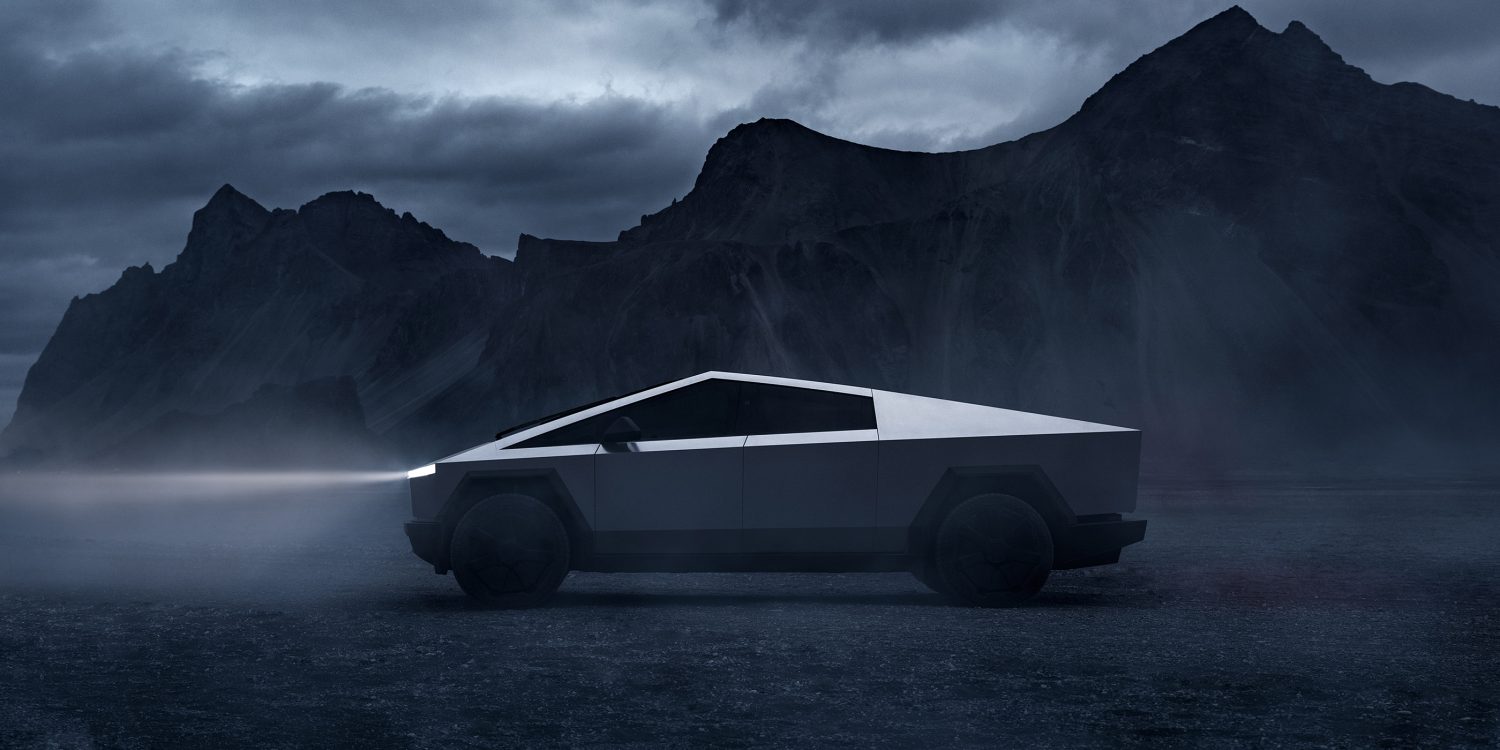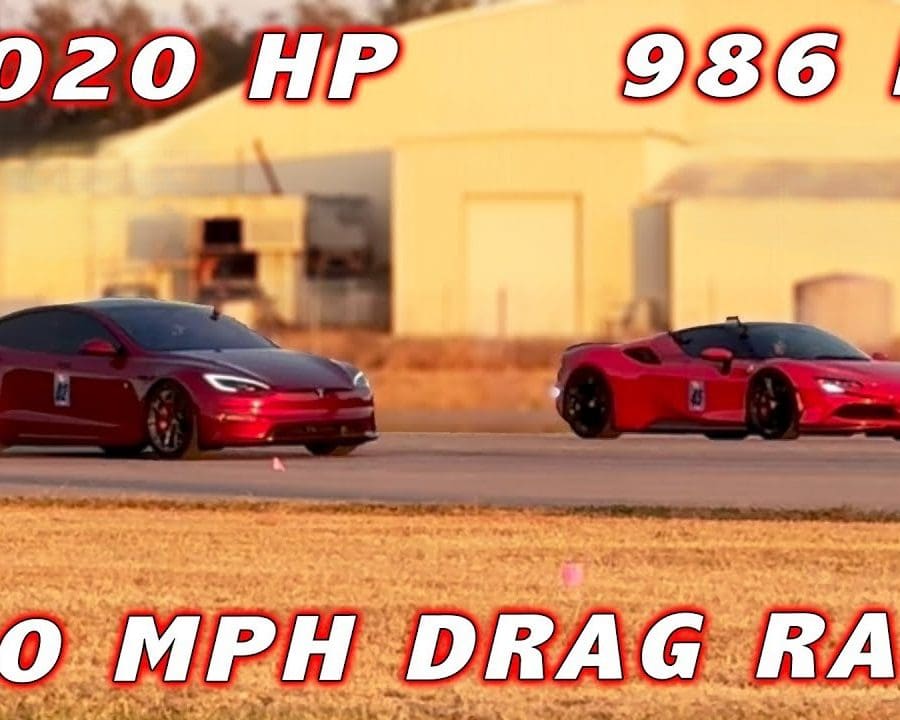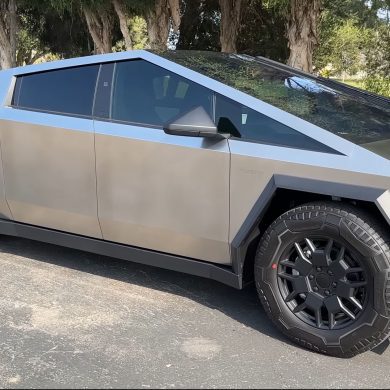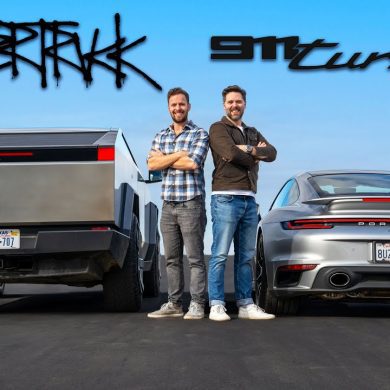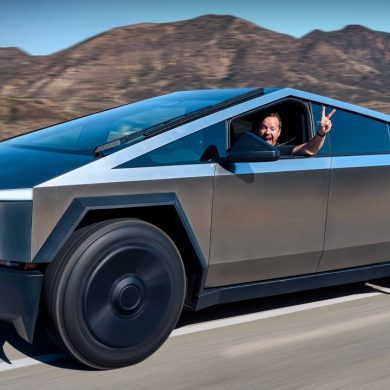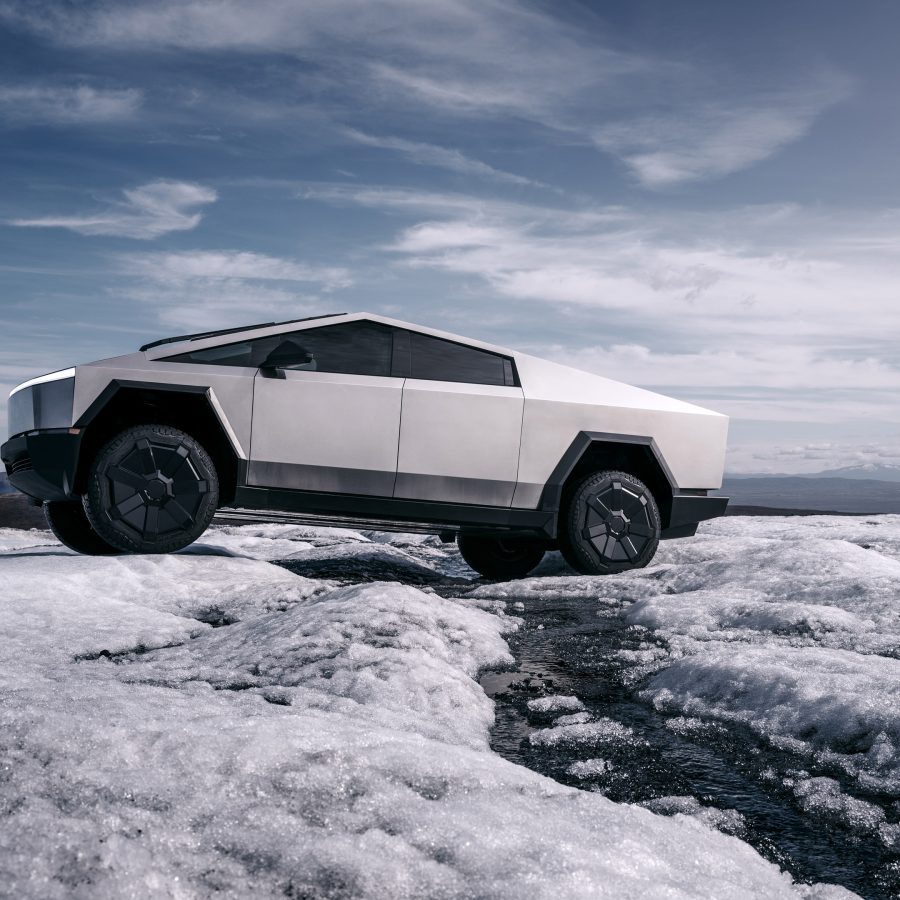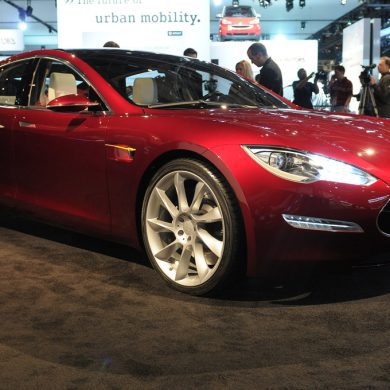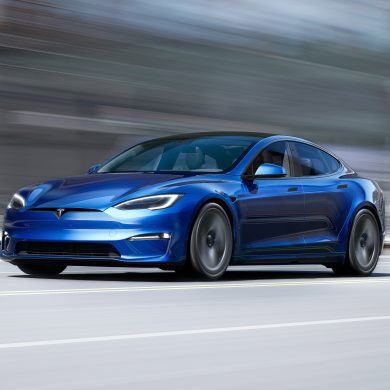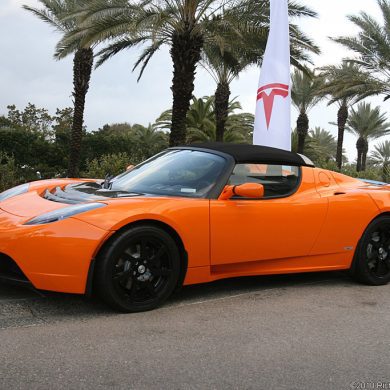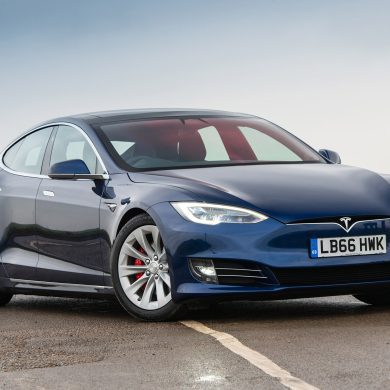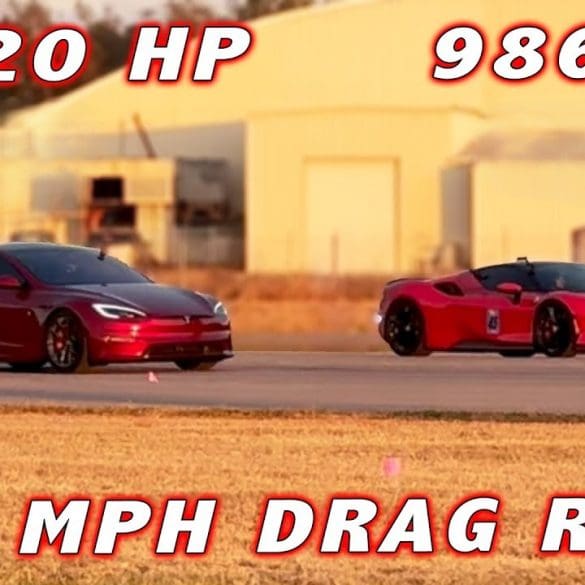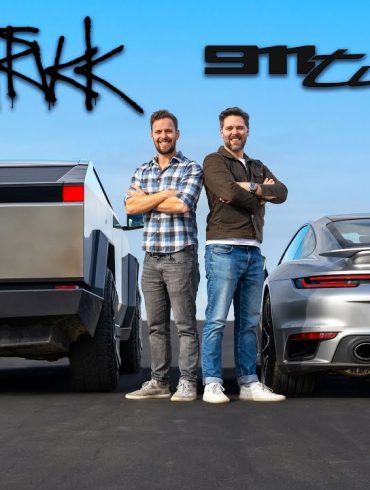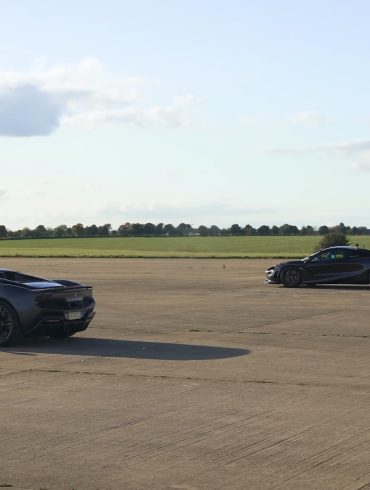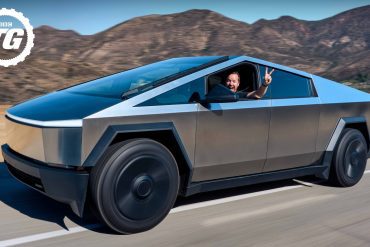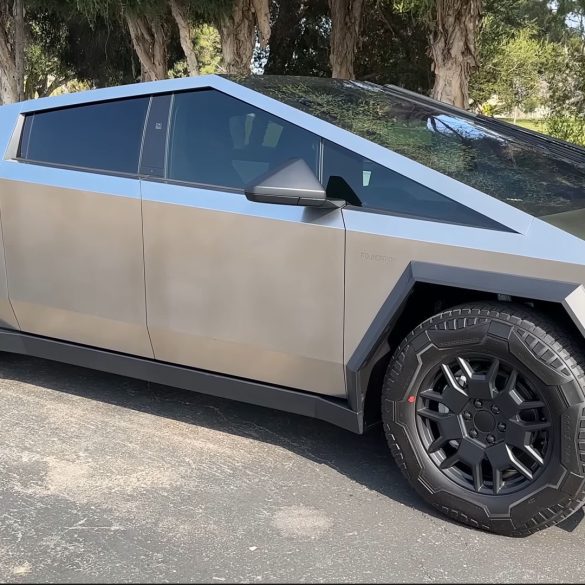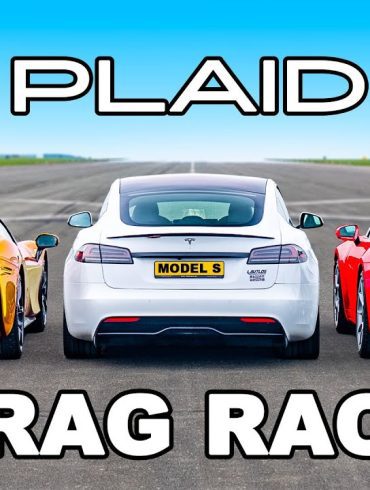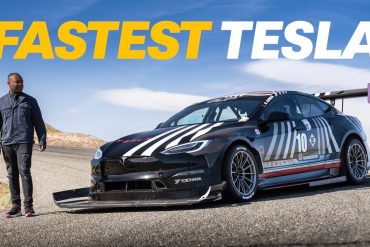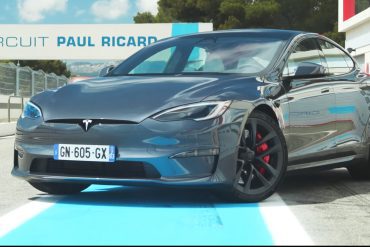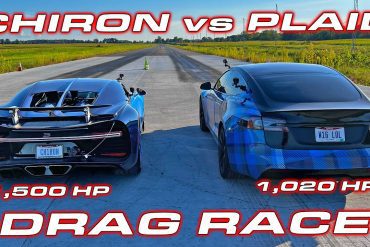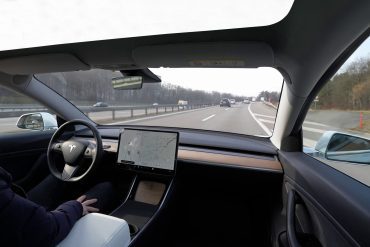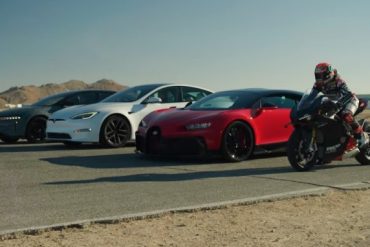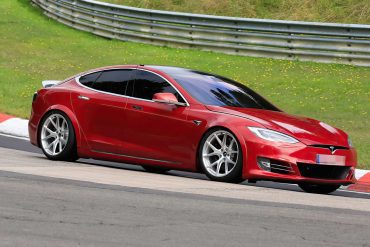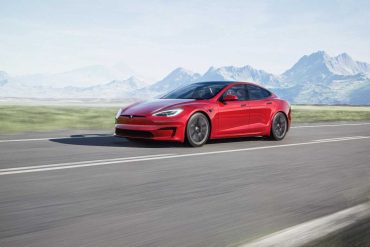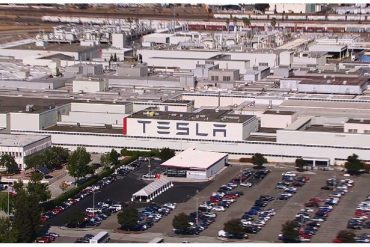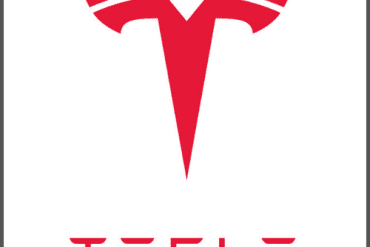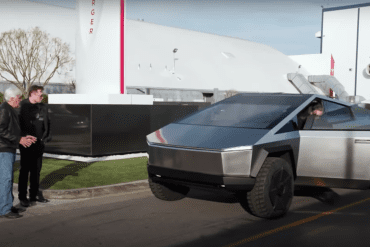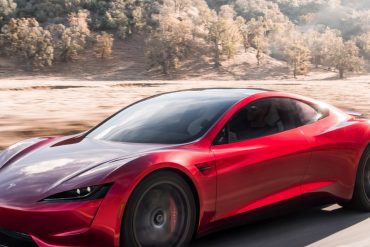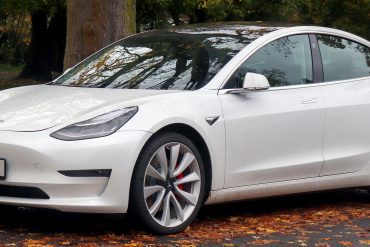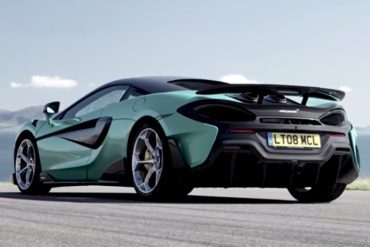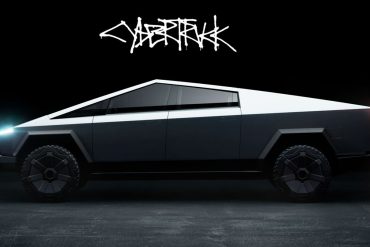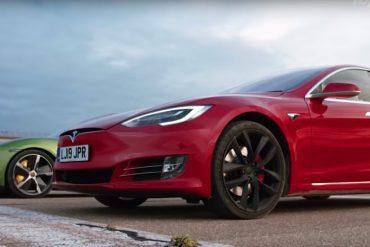Tesla, Inc. has emerged as a formidable force in the automotive industry, driven by its mission to accelerate the world's transition to sustainable energy. Founded in 2003 by a group of engineers who wanted to prove that people didn’t need to compromise to drive electric — that electric vehicles can be better, quicker, and more fun to drive than gasoline cars — Tesla has become synonymous with innovation in electric vehicles. Here’s a look at the history of Tesla through its series of groundbreaking vehicles.
Tesla's journey began with the Tesla Roadster, launched in 2008. As the first vehicle produced by Tesla, the Roadster broke the mold for electric vehicles, demonstrating that they could offer high performance and exciting aesthetics. Built on the chassis of a Lotus Elise, the Roadster boasted an impressive range of 245 miles on a single charge — a significant achievement at the time. It came with a price tag that matched its luxury sports car status but set the stage for Tesla’s future ambitions.
In 2012, Tesla launched the Model S, a luxury sedan that firmly established Tesla's reputation in the automotive market. With its sleek design, spacious interior, and high-tech features like a large touchscreen interface and over-the-air software updates, the Model S appealed to a broader audience. It featured various battery options that offered ranges from 208 to 265 miles and later upgrades pushed these boundaries further. The Model S also introduced Autopilot, Tesla's advanced driver-assistance system, paving the way for future developments in autonomous driving.
Tesla expanded its lineup with the Model X in 2015, an SUV that maintained the brand’s dedication to performance and clean energy. Notable for its falcon-wing rear doors, the Model X targeted a luxury audience with features designed for convenience and accessibility. It also boasted safety ratings among the highest in the industry, reflecting Tesla's commitment to combining performance with passenger protection.
The launch of the Model 3 in 2017 marked Tesla’s foray into the mass market. Priced more affordably than its predecessors, the Model 3 aimed to bring electric vehicles to the masses. Its launch was met with an enormous reservation list, underscoring the significant public interest in accessible electric vehicles. With several variants offering different ranges and performance levels, the Model 3 has become one of the best-selling electric cars globally, reflecting Tesla's successful inroads into mainstream car markets.
Introduced in 2020, the Model Y built on the success of the Model 3, using its architecture to create a compact all-electric SUV that offers more space and versatility. It shares many components with the Model 3, which has helped Tesla streamline production and manage costs effectively. The Model Y quickly gained popularity, thanks to its balance of utility, range, and performance, securing Tesla's position in the competitive SUV market segment.
Tesla continues to innovate with updates to its existing lineup and the introduction of new technologies and features, including improvements in battery technology, autonomous driving capabilities, and more. As Tesla expands its manufacturing capabilities around the world, the company remains at the forefront of the electric vehicle revolution, constantly pushing the boundaries of what electric vehicles can achieve.
Through strategic innovation and market expansion, Tesla has not only accelerated the popularity of electric vehicles but also laid down the challenge to traditional automakers, signaling a transformative shift in the automotive industry towards sustainability and renewable energy.
Tesla Company Basics
Founded: July 1, 2003
Founding: San Carlos, California, U.S
Headquarters: Gigafactory Texas, U.S.
Key people: Elon Musk (CEO)
Products: Model S, Model X, Model 3, Model Y, Semi, Cybertruck, Powerwall, Megapack, Solar Panels, Solar Roof
Tesla Logo Meaning
Elon Musk has stated that the stylized 'T' of the Tesla logo represents a cross-section of an electric motor. This aligns with Tesla's focus on electric vehicles.


